Understanding hashi
Think of it this way…

It’s all about islands
Imagine you live on a small island in the ocean, which is part of a group of small islands. Perfect weather, sandy beaches, excellent fishing, surfing, cocktails with umbrellas. Are you picturing it? Nice.
One Monday morning, the governor of this community pays you a visit, begging you to solve a new problem. This does not surprise you, since you have a reputation for being the most logical person around. Yeah, you’re kind of a big deal.
“We need bridges,” says the governor.
“Bridges?” you repeat.
“Yes. We need to build bridges that connect all of our islands. I would like you to figure out where we should put them.”
“You mean, we need to place the bridges so that anyone on any of our islands could walk or ride to any other island using the bridges, right?”
“Precisely. Oh, and I should mention: we only know how to build bridges going straight north, south, east, and west. No diagonals.”
“I see.”
“And the bridges can’t cross each other, of course.”
“Of course. Don’t worry, your honor,” you say. “I’ll have the solution tomorrow!”
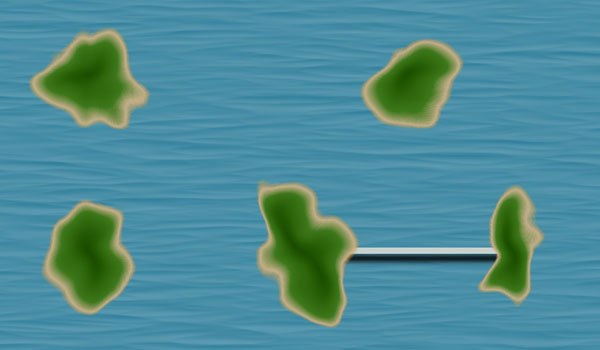
It’s all about bridges
So you look at a map of your islands, and start thinking logically. Right away, the first thing you notice is that one little island down in the bottom right corner.
“Hello!” you say to yourself. “If the bridges can only go up-and-down or left-and-right, then there is only one other island this one can connect to! So any scheme of linking all the islands would have to include a bridge between it and the one to the west of it!” And you draw a bridge on your map, because you know, logically, it must be there.
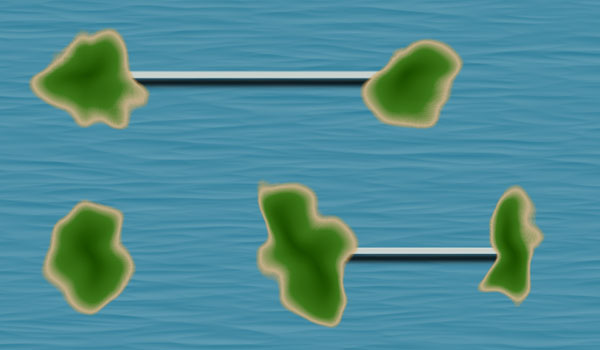
Almost immediately, you notice something similar about the island in the northeast, above your bridge. It too has only one neighbor it can connect to. So you draw a second bridge.
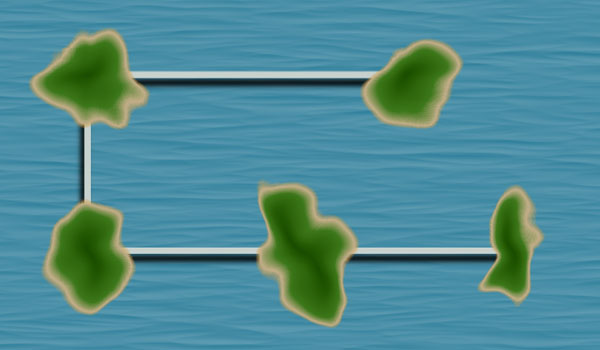
Within minutes, you have drawn bridges connecting all the islands. It looks right, but just to be sure, you review the rules you were told.
“All the islands are connected?” Yes. Anyone on any island could somehow get to any other island without swimming.
“Bridges are vertical or horizontal, no slanty ones?” Yes.
“And no bridge crosses another bridge?” Yes! You have satisfied every condition.
And you know, logically, that your bridge map is not merely a right answer; it is in fact the right answer, the only possible solution.
On Tuesday, you deliver your map to the governor. But that’s not the end of the story.
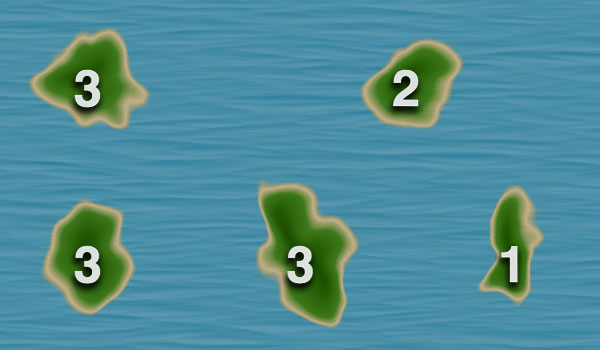
It’s all about counting
On Wednesday, you get another visit.
“Slight problem,” says the governor. “Not enough bridges.”
“How do you mean?”
“Well, of course you know that some of our islands are more populous than others, and have more traffic and so forth?”
“Yes, I do know that.”
“Well, my engineers tell me that some of the busier islands will need more bridges, to handle the traffic. Here, they wrote some numbers…”
And you are handed a new map of the islands, but this map has a number written on every island.
“So now,” you say, “each island has to end up with as many bridges as the number written on it?”
“Precisely. If you have to, you can put up to two bridges between any two islands. But no more than two.”
“Uh-huh. And all the previous rules still apply too?”
“Right you are! Bring me the answer tomorrow.”
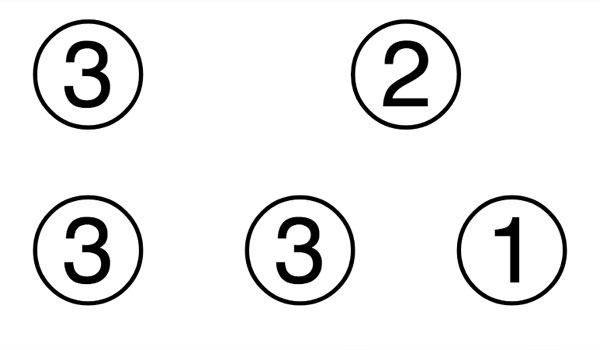
It’s all about logic
This time, to reduce distracting details, you redraw the map more simply: a circle for each island, and a number in each circle. And you ponder this diagram for awhile.
“Well, I know those bridges I drew on Monday still have to be there,” you think. “Because they followed logically from the rules, and those rules have not changed.” That’s the cool thing about logic; it is never, ever wrong.
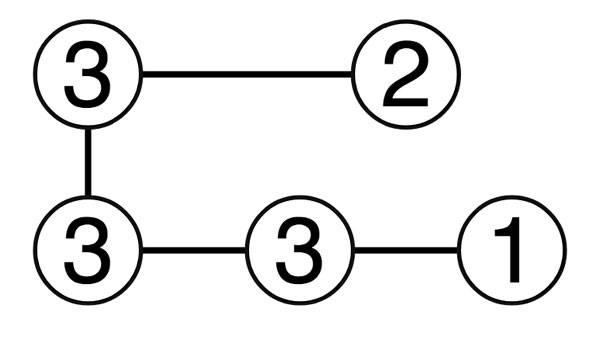
So you draw in the four bridges you had drawn before. And you stare at your map, and you wait for inspiration.
“How to proceed?” you wonder. “I know these bridges are right, and yet none of the islands has the correct number of bridges. Well, except for this one…” And you start to smile.
That one island in the bottom right again. That is the key to solving the whole thing! It already has the correct number of bridges, so it cannot have any more added.
And the neighboring island to its left, it needs to have three bridges, but right now it only has two, so it needs one more. But it can’t add a bridge to the east, because that island is full. So that leaves only one option: a second bridge to the west. So you draw a second bridge there.
And then there’s that island with a “2” on it. It needs a second bridge, and it only has one place to put it. So you add that to your diagram. And then…
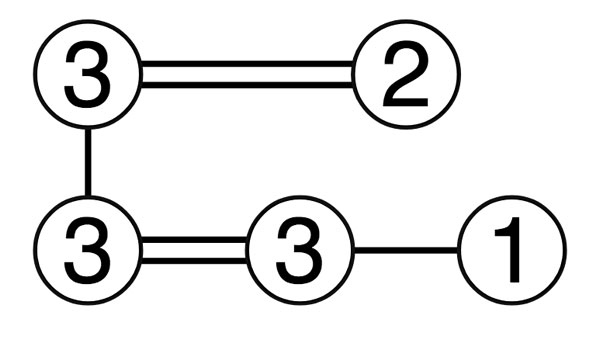
…you’re done. The puzzle is solved! It turns out that adding those two new bridges was all you needed. But just to be sure, you review the rules one more time.
- Every island has the correct number of bridges? Yes.
- All islands are connected? Yes.
- No more than two bridges connect any pair of islands? Yes!
- Bridges are placed vertically or horizontally? Yes.
- No bridges cross? Yes.
The reward
On Thursday you deliver your answer. The bridges get built, and a massive parade is held to celebrate you, the most logical person around. You are showered with gifts, money, and love…
—okay, back up. Actually, the story ended when you solved the puzzle, because honestly, there is no better reward.
And now you understand hashi.